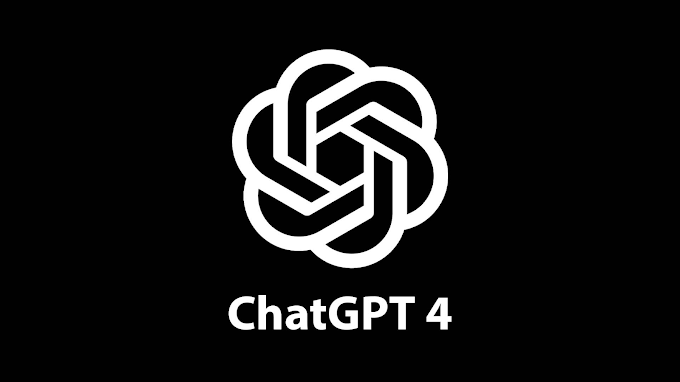The rapid advancement of artificial intelligence (AI) has sparked a lively debate about its potential impact on radiologists who specialize in reading X-rays, MRIs, and other medical scans.
As AI algorithms become increasingly sophisticated, some experts predict a future where these technologies fully replace human radiologists, while others believe AI will enhance radiologists' abilities and allow them to focus on the most rewarding aspects of their work.
The rise of AI in radiology has been a gradual process, with computer-aided imaging programs used since the 1990s to enhance images and flag suspicious areas.
However, the latest AI algorithms can go much further, interpreting scans, offering diagnoses, and even drafting written reports about their findings. These algorithms are often trained on millions of images collected from hospitals and clinics, giving them a vast knowledge base to draw upon.
Despite the potential benefits of AI, many radiologists remain skeptical about fully embracing the technology. Concerns include limited testing in real-world settings, lack of transparency about how the algorithms work, and questions about the demographics of the patients used to train the AI systems.
Radiologists worry that if an AI system misses a cancer diagnosis, it could damage trust in the medical profession and lead to legal liability issues.
To address these concerns, regulatory bodies like the FDA have taken a cautious approach, approving over 700 AI algorithms for medical use, with most in the field of radiology.
However, only about 2% of radiology practices currently utilize such technology. The FDA has also required that a human radiologist remain in the loop, overseeing the AI's decisions and making the final diagnosis.
Initial studies suggest that AI-assisted radiologists can achieve impressive results, detecting more cancers and reducing workload compared to radiologists working alone.
For example, a Swedish study of 80,000 women found that a single radiologist working with AI detected 20% more cancers than two radiologists working without the technology. In Europe, where mammograms are typically reviewed by two radiologists, using AI instead of a second human reviewer decreased the workload by 44%.
Despite these promising findings, experts emphasize that radiologists must maintain control over the diagnostic process and that AI systems must be extremely accurate and reliable before radiologists can truly step away from the process.
Until such advanced AI systems emerge, the relationship between radiologists and AI is more akin to a driver with a backseat passenger constantly pointing out potential hazards on the road.
As AI continues to evolve and become more integrated into the field of radiology, it will be crucial for radiologists, patients, and regulators to work together to ensure the safe and effective implementation of these technologies.
While the future of AI in radiology remains uncertain, one thing is clear: the relationship between humans and machines in this field is set to undergo a profound transformation in the years to come.










